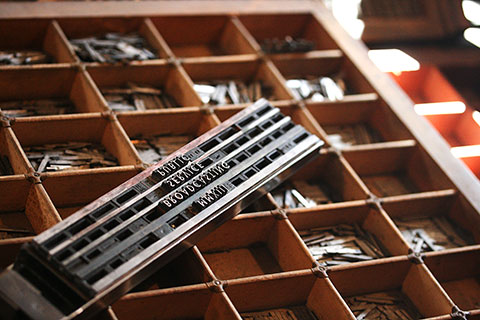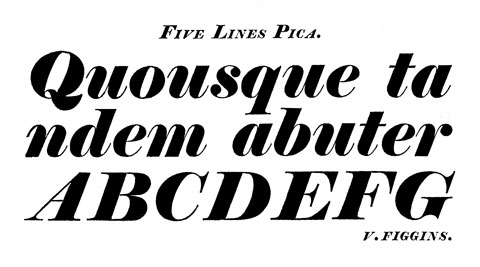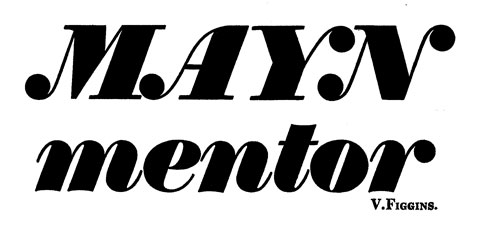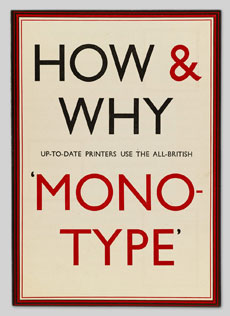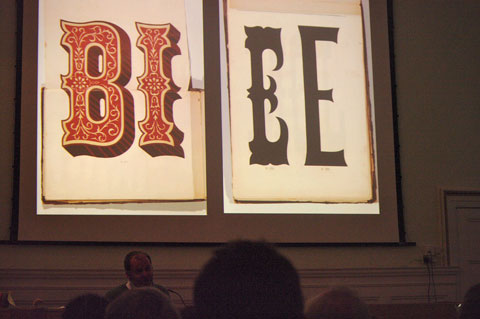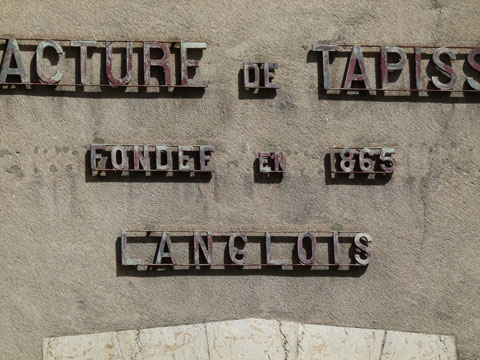The London Centre for Book Arts is an open-access book arts studio, teaching facility and exhibition space in Fish Island, Hackney Wick, in East London.
The first and only centre of its kind in the United Kingdom, LCBA provides access to specialist equipment and resources, including rare and historically important pieces, along with technical and educational support. They welcome the general public and specialist practitioners alike, and extend a special welcome to members of the local community. A space for hands-on experience, knowledge sharing and skills exchange, LCBA provides a forum for all those interested in the past, present and future of book arts and artists’ books.
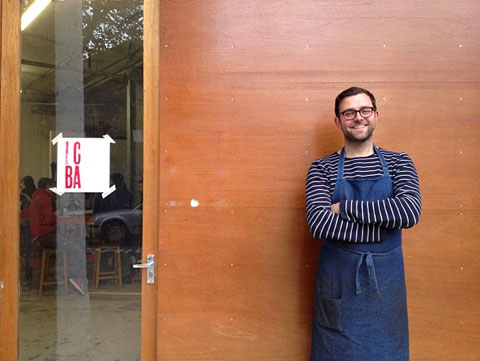
Simon Goode pictured outside The London Centre for Book Arts
The founder and driving force behind LCBA is Simon Goode, a BA (Hons) Book Arts and Crafts graduate from London College of Communication (2006). Simon studied bookbinding and book arts, printmaking and artists’ book production at LCC and after graduating, found it difficult to continue the practice he’d begun while at College due to lack of access to the specialist equipment required to print and make books by hand. After a number of years trawling online auction sites, newspaper classifieds and through friends-of-friends, he’d collected enough of the necessary equipment – bookbinding presses, guillotines, printing presses and type, etc, to set up a book arts studio.
A big part of Simon’s practice at the time was teaching workshops, for which he travelled up and down the country to colleges, universities, art galleries, etc. Like many artists, this enabled Simon to continue working on his own work, and the idea was born to combine his own studio with teaching – to share the tools and equipment so others could benefit.

Simon Goode printing on the Vandercook press at Minnesota Center for Book Arts
In the spring/summer of 2011, Simon travelled on a 3 month research trip to the United States to visit well-established centres dedicated to book arts (simongoes.tumblr.com), which have been popular there since the late 1970s, but, unusually, had not yet taken off in the UK. He spent 4 weeks as a visiting artist at the larget book arts centre, the Minnesota Center for Book Arts, which allowed him the time to study how a centre such as this operates.
And thus the idea for the London Centre for Book Arts was born.
You can support the London Centre for Book Arts by becoming a Friend of LCBA or by signing up to one of their first workshops through their Eventbrite page. LCBA are currently offering classes in Introduction to Papermaking, Introduction to Letterpress, and Bookbinding for Artists I & II.




